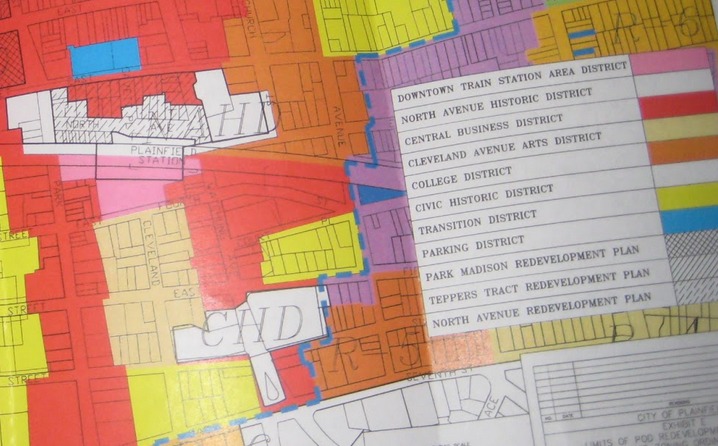Make a zoning map of your neighborhood
Make a zoning map of your neighborhood by walking with an adult, observing building uses, color-coding zones, drawing a legend, and labeling streets and landmarks.



Step-by-step guide to make a zoning map of your neighborhood
How to introduce maps | Neighborhood map for kids
Step 1
Gather your materials and put them in a backpack so everything is easy to carry.
Step 2
Ask an adult to choose a safe short walking route around your neighborhood to study.
Step 3
Walk the route with the adult and stop at each building to write one short word for its use in your notebook.
Step 4
At every corner or intersection write the street name in your notebook so you can find them on your map later.
Step 5
When you see a park school store or other landmark draw a tiny sketch symbol next to its note.
Step 6
Sit down in a quiet spot with your paper and notebook ready after the walk.
Step 7
Draw a simple outline of the streets you walked to make the base map on your paper.
Step 8
Draw a small shape for each building in the correct spot on your map and write its one-word use beside it.
Step 9
Add the landmark symbols from your notes onto the map where they belong.
Step 10
Decide which color will stand for each zone type like residential commercial public and industrial and draw a small colored square legend on your map.
Step 11
Color each building or area on your map using the colors you chose.
Step 12
Use your ruler to draw clear zone boundaries and make the street lines neat.
Step 13
Write street names and label parks schools and stores clearly on the map.
Step 14
Add a title date and your name so people know when you made the zoning map and who made it.
Step 15
Share your finished zoning map on DIY.org.
Final steps
You're almost there! Complete all the steps, bring your creation to life, post it, and conquer the challenge!


Help!?
What can I use instead of a backpack, ruler, or colored pencils if I don't have them?
You can use a tote bag or fanny pack instead of a backpack, a stiff folder or clipboard as a paper support, the straight edge of a book or a piece of cardboard as a ruler to 'draw clear zone boundaries', and crayons, markers, or colored pens to 'color each building or area on your map.'
What should I do if I forget to write a building's use or miss a street name during the walk?
If you miss writing a one-word use or a street name while you 'stop at each building' or 'At every corner or intersection write the street name', quickly take a photo of the building or street sign or record a short voice memo so you can add accurate notes later when you 'sit down in a quiet spot with your paper and notebook.'
How can I change the activity for younger kids or make it more challenging for older kids?
For ages 4–6 focus only on spotting and sketching big landmarks like 'parks, schools, stores' and coloring large zones, for ages 7–9 keep the one-word building uses and simple shapes, and for ages 10–13 add measured steps, a simple scale, precise zone boundaries with your ruler, and a detailed legend before you 'Share your finished zoning map on DIY.org.'
What are simple ways to improve or personalize the zoning map after it's finished?
To enhance your map, create custom symbols for landmarks, add patterned stickers or a scale bar when you 'Draw a simple outline of the streets', write notes about traffic or walking routes, add a clear title, date and your name, and attach photos before you 'Share your finished zoning map on DIY.org.'
Watch videos on how to make a zoning map of your neighborhood
Let's Draw a Community Map w/ a Key!
Facts about urban planning and zoning
🧭 A compass needle points to magnetic north, not true north, so mapmakers sometimes note the difference called magnetic declination.
🎨 Many official zoning maps use common colors (yellow for homes, red for businesses, purple for industry) — color-coding makes maps easy to read.
🗺️ People have been drawing maps for over 4,000 years — ancient city plans have been found on clay tablets and stones.
🚶 Walking at about 3 miles per hour means you cover a mile in ~20 minutes — great for exploring a few blocks and taking careful notes!
🏙️ Zoning decides what each part of a city can be used for — homes, shops, parks, or factories — and maps show these rules with colors.
How do I make a zoning map of my neighborhood with my child?
What materials do I need to make a neighborhood zoning map?
What ages is making a neighborhood zoning map suitable for?
What safety tips and fun variations can improve a neighborhood zoning map activity?


One subscription, many ways to play and learn.
Only $6.99 after trial. No credit card required



